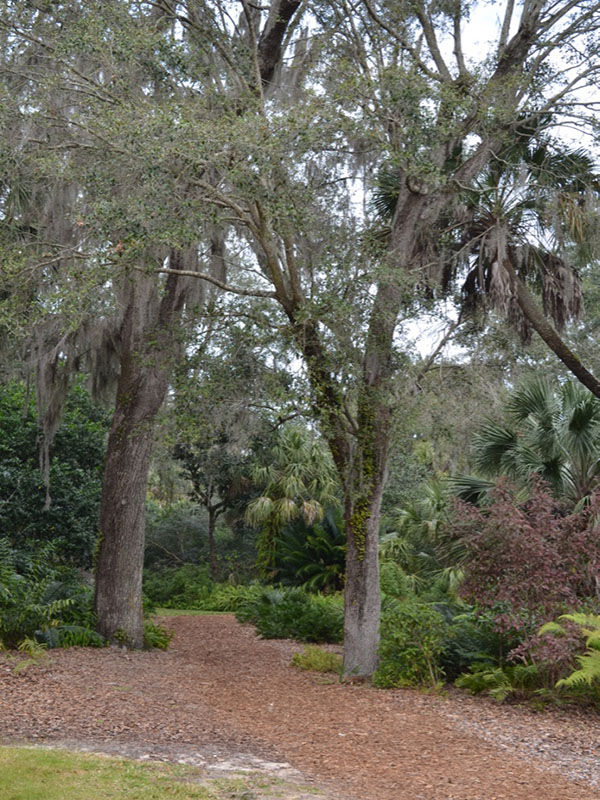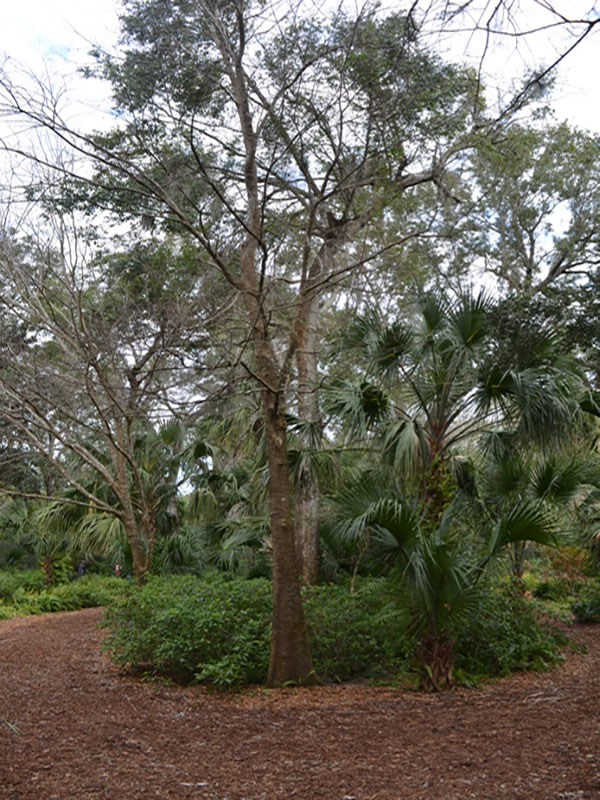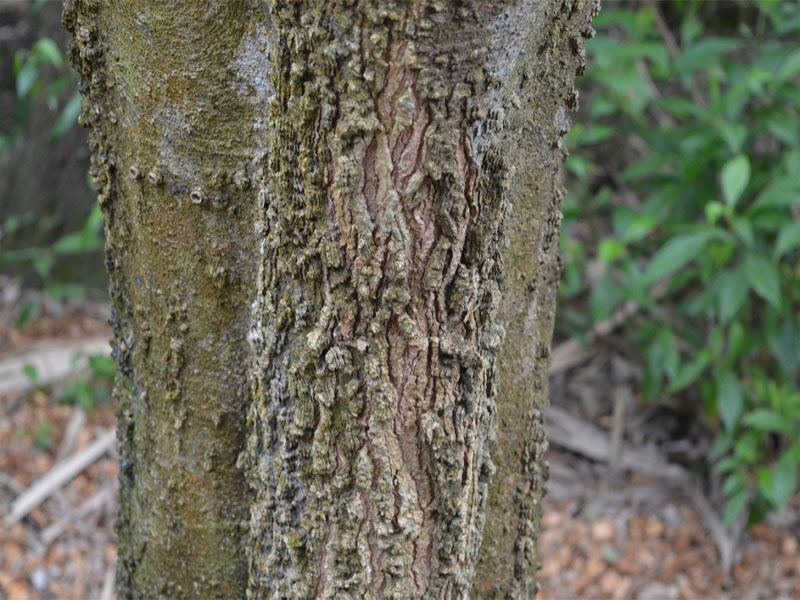| General Description | This very large, broad, fast growing deciduous tree has a rounded vase-shaped crown with spreading, pendulous branches. |
| ID Characteristic | The tiny, berry-like, sweet fruit attract many birds. The plant can form large surface roots. Leaves have a longer, slenderer apex than Celtis occidentalis. |
| Shape | Upright, arching branches with a rounded, spreading crown. |
| Landscape | Woodlands and as specimen plant. |
| Cultivation | Grow in full to partial sun, tolerant of a variety of soils including clay, sand, loam, alkaline, acidic and well-drained. It is also tolerant of extended flooding, salt and drought. Some pruning may be necessary when the trees are young, to prevent the formation of weak, branch crotches. |
| Pests | Trunk rot, leaf spot, and witches broom. |
| Notable Specimens | Bok Tower Gardens, Lake Wales, Florida, United States of America. |
| Bark/Stem Description | Lightly ridged bark is tan when young, turning grey at maturity. |
| Leaf Description | Smooth, oval leaves, with serrated margins are light green (light green adaxial, pale green abaxial). Leaf blade length varies from 2.5 to 15 cm. |
| Flower Description | Not showy; emerges singly or in clusters at leaf axils, greenish to white, bloom time is early spring with leaf emergence. |
| Fruit Description | One centimetre round shape, orange to red colour, turning deep purple when mature in the autumn. The sweet berries are eaten by birds, who in turn disperse the seeds. |
| Texture Description | The medium-textured, light green leaves turn bright yellow in autumn. |


